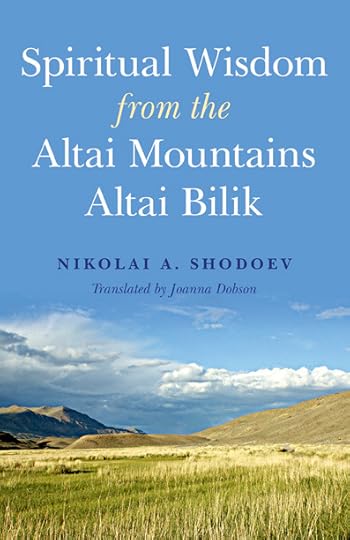Paganism: Specific or generic?
 Quite a lot of Paganism is generic. Our much loved wheel of the year is not a replica of something from a time and place, but cobbled together from many times and places, with added equinoxes. We know the Celts went in for ‘local Gods for local people’ but on the whole, we don’t do that so much. There are forms of shamanism that draw on the shamanistic practices to be found around the world – because there are startling similarities. But at the same time, there’s a tension for me between the themes and the details.
Quite a lot of Paganism is generic. Our much loved wheel of the year is not a replica of something from a time and place, but cobbled together from many times and places, with added equinoxes. We know the Celts went in for ‘local Gods for local people’ but on the whole, we don’t do that so much. There are forms of shamanism that draw on the shamanistic practices to be found around the world – because there are startling similarities. But at the same time, there’s a tension for me between the themes and the details.
What really brought this home for me was reading Nikolai Shodoev’s ‘Spiritual Wisdom from the Altai Mountains’. The place in question is in Siberia – whereas previously I’d had the impression Siberian shamanism was ‘a thing’ but clearly, it isn’t. Altai is a bit of Siberia, not the whole place. Within it, there are many tribes with their own sacred mountains, valleys and trees. This is a tradition rooted in folk wisdom that has evolved and survived for a long time, going through various forms, and an early 20th century revival. The form it takes varies over time, depending on what’s needed and what makes sense. It absorbs science and progress, and social changes.
Although the book never says it explicitly, it makes clear how futile it is treating religion as something you can skim off from a culture for your own use. What you get that way are the surfaces, symbols and rituals, but you don’t get the coherence to hold it together. Part of that coherence comes from having a relationship with the land the spirituality belongs to. Part of it is about tribe and family heritage.
Does that mean we can only follow the gods of our blood ancestors and the religions established in our landscape? Actually, no. After all, every tradition starts somewhere. What’s critically important is working with what we have. Starting from a relationship with the land, perhaps drawing inspiration from other sources, but being fundamentally rooted in the ground beneath our feet means that we can’t mistake nicking the shiny bits from other people’s faith for something useful. This confirms for me a lot of feelings I’d had reading about Shinto – which is inherently Japanese and belongs in Japan, and without either the land or the bloodlines, probably doesn’t make a lot of sense. The same is probably true of Judaism. It’s worth noting that religions of place and tribe do not seek converts, because it makes no sense to do so. But at the same time, Russian people moving into the Altai region and adopting its ways have become a recognised tribe there, over time.
What Shodoev inspires me to do is not to start emulating his people in any way, but to think about my own high places where I go to be with the sky on my own terms, and my own sacred trees, and the way in which story, history, and ancestry connect me to the soil.
All too often it’s the surface details of a religion we get excited about, not the underlying philosophy. To take surface pieces out of context – the chakras, dream catchers, dreadlocks, dance moves, plant use, and so forth without the stories and traditions that weave them into a life, seems a bit mad to me. These surface things have come to being through long periods of cultural development, and to take the surface with no knowledge of the culture smacks of tourism. The surface only makes sense, only works, when you know what’s underneath it. To immerse deeply in the stories, values and philosophy of a people and a religion is a very different thing. It’s not the headdress that defines the religion, but the reasons for the headdress.
I heartily recommend ‘Spiritual Wisdom from the Altai Mountains’ as a fascinating insight into an evolving culture and spirituality, with much to teach us. Not about what we can copy from the Altai people, but what we can discover for ourselves in our own history, story and landscape.





